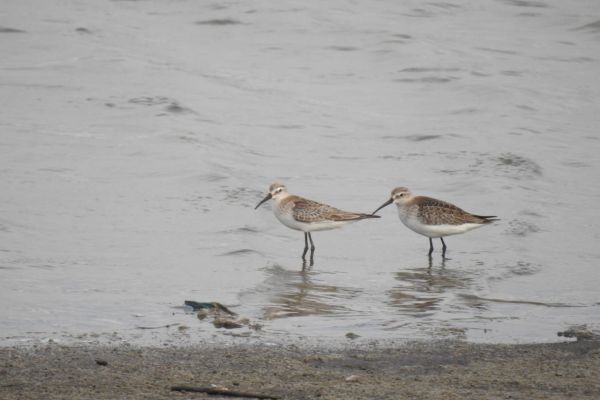How familiar are you with the games we play? Try your hand at this memory game and find out. Match the pictures with the names.
Name the game
It’s fun to be out playing games, right? So, let’s see how good your memory is. Give this game a go.
It’s fun to be out playing games, right? So, let’s see how good your memory is. Give this game a go.
How familiar are you with the games we play? Try your hand at this memory game and find out. Match the pictures with the names.
With winter having set in, India is welcoming winged visitors across the country. Take a look at some of our feathered guests.
Winter in India brings with it some exciting guests to our land. Yes, we are talking about birds. Did you know that birds use a sort of a highway to migrate, which is guided by monsoon winds and the flow of jet streams? Imagine a bird super-highway from the Arctic to the Indian Ocean! That’s the Central Asian Flyway (CAF), one of the nine migration flyways in the world. It is also one of the richest in terms of diversity, hosting over 180 species from breeding grounds in Siberia to warmer realms in West Asia, India, and the Maldives.
So let’s take a look at some of our flamboyant high-flying winged visitors. Click on the name of the bird to read about it.








With inputs from Byju H.
Woof, woof! How would your favourite fictional dogs look in real life? Take a peek.
From Scooby-Doo to Snoopy, the world of cartoons and comics has many fictional dogs that are iconic and beloved. Have you ever wondered whether these characters are based on real dog breeds? How would they look in real life?
Move the slider from right to left to find out.
Photos: Wikimedia Commons, Pixabay
December’s star-studded evenings invite stargazers to witness alluring sights.
December skies unveil a celestial spectacle: from the mesmerising Geminid meteor shower painting streaks across the night canvas to the dazzling dance of planets like Venus and the lingering brilliance of Jupiter and Saturn.
Scroll through the timeline to see what’s in store for the month.
Explore the intriguing palette of lesser-known colours. How many can you spot in the grid?
Dive into an undiscovered realm of hues! Beyond the familiar spectrum lie shades like Caput Mortuum’s ancient depth and Viridian’s serene blend, each a vibrant story waiting to be explored.
Play this word search as you see and find the colours.
Learn more about these colours by clicking on their names.
Baroque art, Impressionist Movement, Realism in art, contemporary art… what does all this mean?

What do zebras, pelicans, puffins and toucans have in common? They are all names of pedestrian crossings, of course.
A pedestrian is someone who walks on the road instead of travelling in a vehicle. A pedestrian crossing is a part of the road designated for pedestrians to cross. You must be familiar with the broad white stripes that indicate a zebra crossing. Learn more about other types of crossings by scrolling through these slides.
Photos: Wikimedia Commons
Diseases don’t always spell doom…. not if you can ward them off. But first, get to know about a few of them in this game.
As the year is drawing to an end, the temperature is dropping and the weather is colder than ever. Naturally, bouts of cold, cough and more continue to make their presence felt. However, there are many other diseases that have become just as common as the cold. How much do you know about them?

Here is a fun game for you to try out. Use the given words to see how much of this grid you can fill up… and learn about other diseases that you can aspire to stay away from.
Up your GK quotient with this quick quiz. How many questions can you answer?
A mid-week rapid workout for your grey cells. How many of these questions you can answer correctly?
A fun game that is all things music. How many words can you find?
Music has always been many things — entertainment, career, fun, passion… the list is endless. But, since time immemorial, it has been a great leveler. It does not differentiate between the rich, poor, race, or religion. In fact, it has broken all barriers and managed to put people at ease, regardless of the language or culture. Irrespective of whether it is through instrument or song, it can calm and excite, soothe, and enthuse, all at once.

Think of music, and melody isn’t far behind. Irrespective of the mood, who doesn’t enjoy melodious music? Here’s a fun game called Word Flower to try. From the given letters, find as many words as possible that are four or more letters long. The central letter must be included in each word. Enter letters by clicking on them, or by typing them in. You can use each of the given letters only once. The word is MELODIOUS.